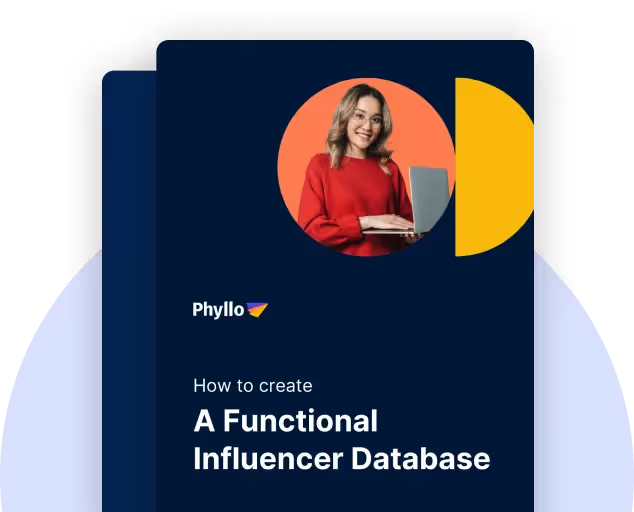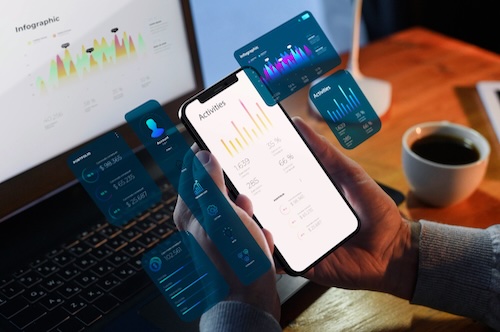90% of marketers agree that social media helps them increase business traffic. They also acknowledge that social media management involves two crucial aspects: listing and monitoring. Harnessing both elements properly offers you valuable insights for marketing, yet only 51% of market leaders know how to use them. But we are here to help you by offering you all the essential knowledge supplements needed to leverage social media listening to your business advantage. Read till the end to know more about its importance and advantages in the digital business world. Also, learn to use social media listening and monitoring API for your brand influence. But first, let’s get the basics straight.
What is Social Media Listening & Monitoring
Social monitoring is monitoring online conversations on different platforms to collect valuable brand-building insights. The data collected from social media monitoring API sets the foundation for the social listening strategy. A social media listening API engages with the audience sentiment to identify trends and patterns to help you take proactive steps for reputation management.
Social listening and monitoring are important for three big reasons. First, analysis of valuable social media insights helps brands identify their correct position in the market. In real time, brands learn their target audience’s likes, dislikes, pain points, and preferences.
Second, actively monitoring your brand image over different social media platforms enables you to promptly address any negative feedback to avoid potential damage to your brand.
Third, it offers data on competitors’ activities (e.g., product launches or customer feedback) to help you design your products and social media marketing strategies to build a brand people love.
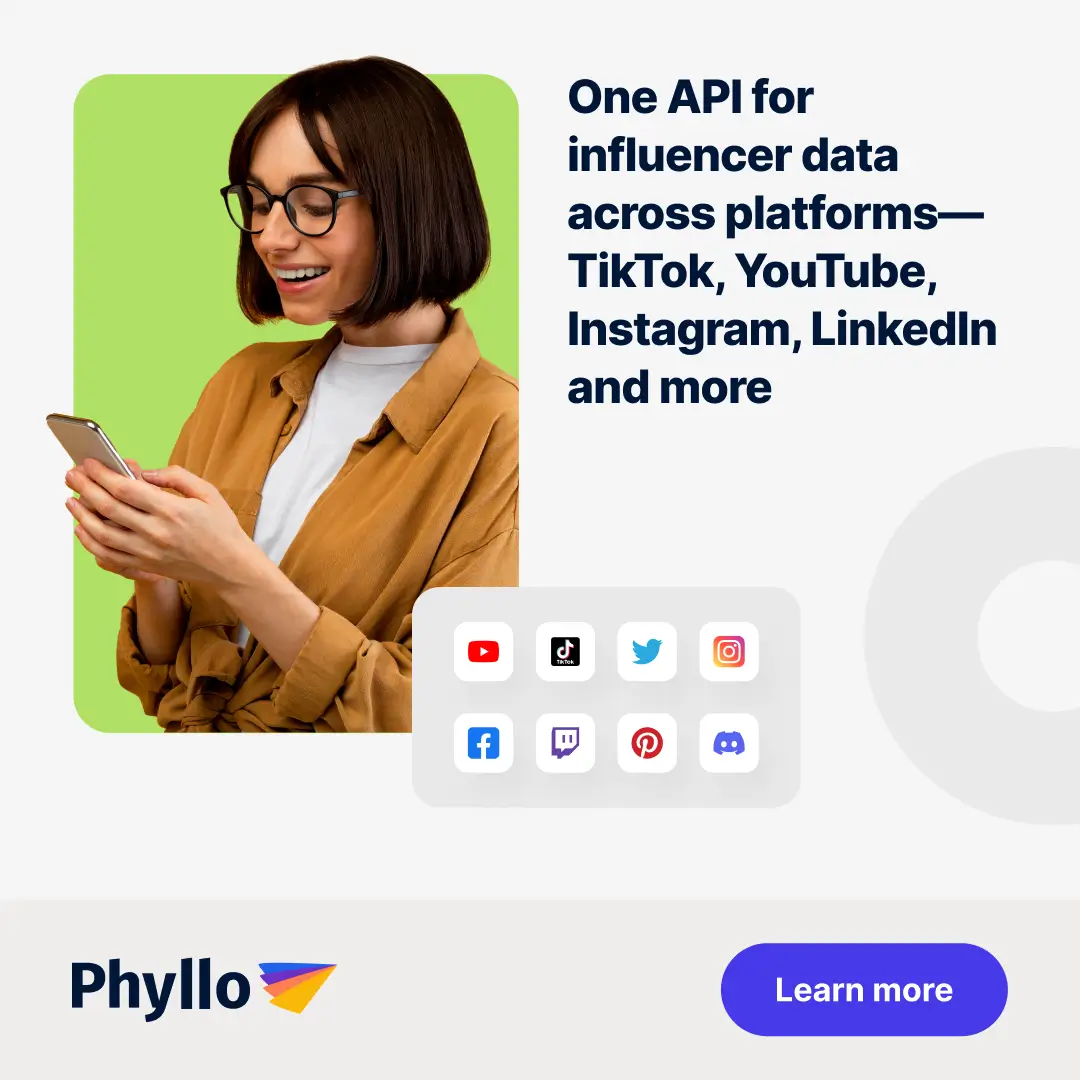
Overview of Social Media Listening & Monitoring API
A social media listening and monitoring API can automatically scan different social media platforms to gather data about mentions, sentiment, trends, and specific keywords related to a brand or topic. The API collects real-time data to help you make swift decisions in dynamic situations. For instance, the API can inform you instantly if your brand receives any negative feedback so that you can take necessary actions for crisis prevention.
Related Read: Social Media API: Guide on Top APIs for Developers
Types of Social Media Monitoring APIs
- Sentiment Analysis APIs: to determine the public sentiment behind posts by analyzing positive, negative, and neutral comments
- Trend Analysis APIs: to identify and track trending topics and hashtags across different platforms to devise a powerful content marketing strategy
- Brand Monitoring APIs: to track how many times a brand name has been mentioned across social media to gauge reputation management
- Competitor Analysis APIs: to monitor the competitor's social media presence for strategic planning and market analysis
- Influencer Tracking APIs: to identify and analyze influencer marketing performance and plan outreach strategies
Significance of Monitoring APIs in Social Media Management
Identifying Potential Influencers
Nearly 32% of Gen Z buyers decide due to an influencer’s recommendation. In this regard, one of the biggest benefits of social listening API is the perk of easily finding potential influencers and brand advocates. The API helps you identify users who are much more active or engaged with your target audience. These regular users can sometimes be turned into potential brand ambassadors very cheaply. The API can sort influencers for you based on the number of times they have mentioned your brand in their posts, platforms (YouTube, Instagram, Twitter, Reddit), and sentiment. This expanded overview helps you choose the ideal influencer for your brand.
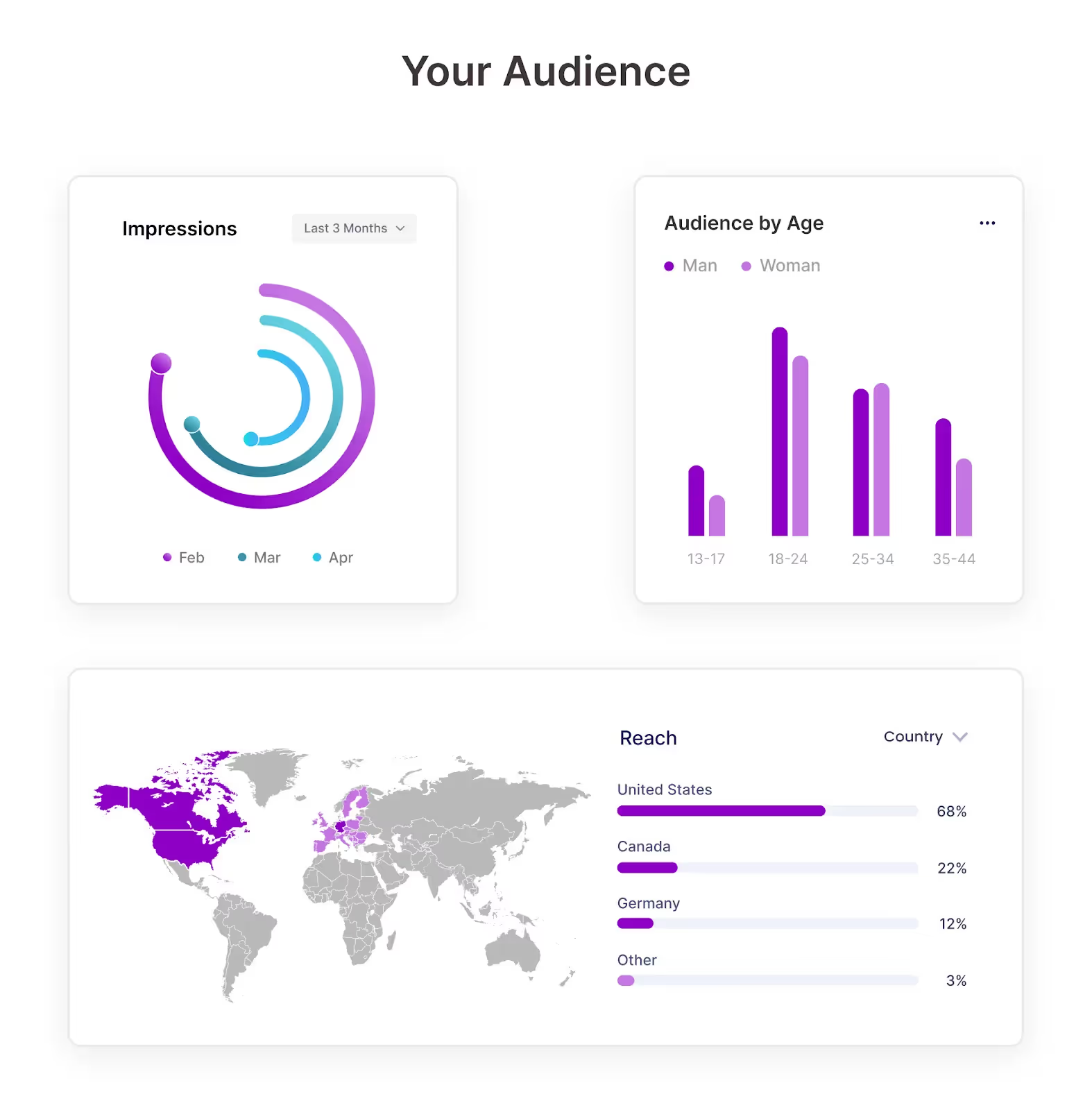
Monitoring Campaign Success
Revising your marketing campaigns based on their response to the target audience is always nice. In this regard, a social media monitoring API always helps marketers with fresh content inspiration to optimize campaign strategy for maximum conversions. For instance, the API may suggest different keywords people use to come across your campaign through search engines. Surprisingly, you may come across a few search keywords related to your brand that you haven’t covered yet in your campaigns. You can use those keywords as campaign slogans, hashtags, or other creative elements to increase the performance of your campaigns with ease.
Enhancing Brand Perception with Monitoring APIs
Another great benefit of social listening is gaining valuable insights into audience behavior. If you don’t know how your audience feels about your brand, you can’t tailor your products or services to improve your brand receptiveness. How does the API do that? Well, it tracks your brand keywords across millions of online resources to detect brand sentiment and how it changes with the content you post over time. As you understand your audience’s needs, interests, and preferences in real time, you optimize your efforts to enhance your brand perception better.
Tracking Your Competitors
For several reasons, keeping up with your competitors through monitoring APIs is as essential as tracking your campaigns. The API draws a competitive analysis of your brand with your competitors to help you see where you stand and what you need to surpass them if they’re in the lead. You can easily identify your brand's opportunities and threats through your competitors' data-driven performance insights. For instance, imagine easily tracking what influencers your competitors work with to gain maximum exposure within minutes of analysis. Wouldn’t it help you save time to design your influencer campaigns without much manual research?
Improving Prompt Customer Service
As per a recent research by Freshworks, 69% of customers quit a brand because of poor customer service, while 47% decline a purchase if they can’t get a quick response to a query in the middle of transactions. This underscores the importance of robust and prompt customer service to excel in online business. With social media listening and monitoring API, you can keep an eagle’s eye on your customers’ wants, needs, and potential pain points. If people have complaints, they might not tag you or reach out to you but passively talk about your brand on social media communities. The API can help you instantly catch those comments and work on them to avoid brand crises or improve service quality as and when needed.
Popular Social Media Listening and Monitoring APIs
Let’s look at some popular social media listening and monitoring APIs available.
Phyllo
Phyllo’s social listening and monitoring API offers 100% accurate, real-time intelligence powered by cross-platform coverage in a single social media management software. You get customizable dashboards with a clutter-free interface to analyze audience sentiment with AI and easily transform statistics into strategy. The API allows you to track social conversations, including hashtags, keywords, mentions, regions, topics, and more, to drill down on what’s working and not in your favor. Identify top-performing campaigns and discover untapped topics to power up your campaigns like never before.

Emplifi
Emplifi, earlier known as Socialbakers, offers a 360° view of your key audiences to enhance brand reputation and create engaging social experiences for your audience. The API can comprehensively monitor social news sites, blogs, and forums to understand customer needs and identify growth opportunities. The tool also offers automated labeling, sentiment analysis, and advanced routing to take prompt actions against sudden changes and anomalies in online activity.
Buffer
Buffer enables marketers to respond to customers from different social media platforms from a single dashboard. Buffer’s permissions levels and approval flows make working with an entire team without micro-management easy. As it generates automated reports, you gain quick insights into your campaign performance without manual effort. The tool also offers features to plan and schedule posts to increase campaign engagement visually.
Synthesio
Synthesio has a powerful social listening dashboard to track real-time conversations about your brand with unparalleled data quality and quantity. The tool can pull different data verticals, such as social-declarative data, digital-behavioral data, and digital surveys. It also removes irrelevant mentions to make data clean for better decision-making. Plus, you can learn about statistically relevant shifts in conversation with automated insights to keep pace with your consumer.
Keyhole
This tool offers a unique real-time platform to track all your direct and indirect brand mentions, hashtags, influencers, and keywords. It can also have a volume predictions feature that notifies you when your posts are about to go viral. As Keyhole utilizes AI-driven sentiment analysis, you can easily know how your customers feel about your campaigns or brand. Like other social listening tools, it also offers in-depth competitor analysis features to quickly identify emerging trends on social media that your competitors are leveraging to scale quickly.
All these social media listening and monitoring platforms are worth trying. But you need to know how to choose the right one based on your requirements to avoid the wrong selection.
Choosing the Right Social Media Listening and Monitoring API
You must consider several factors to find the right social media listening and monitoring API. Here is a simple breakdown of your course of action to shortlist ideal social media monitoring tools.
Set a clear goal.
First thing first. Decide what you want out of the API. New brands might only be concerned with tracking brand mentions and competitor analysis, but big players also want to add customer sentiment analysis to their social listening efforts. Your goals will guide you in narrowing down your choices.
Look for Cross-platform coverage
Check whether the platform offers data coverage from social media platforms that meet your requirements. Some APIs are dedicated to limited platforms like Facebook, Twitter, and Instagram. If the API offers broader coverage, you can gain better insights for adjusting campaigns.
Check Real-time capabilities
Availing real-time data should be the primary feature of your ideal social media monitoring API for crisis management or capitalizing on trending topics. It also helps you save many productive hours that could have been wasted if handled manually.
Check data accuracy and depth
This feature is important to differentiate between similar terms to reduce clutter and offer correct sentiment. That said, it is always wise to go for an API like Phyllo that offers comprehensive and 100% accurate data.
Ease of Integration
The API should seamlessly integrate with your existing tools to offer ease of use. Easy integration will save you much time on manual integration and reduce technical challenges with multiple tools.
Review Analytics and Reporting
A robust analytical feature sets you on a stage to make quick calls in the right direction. Imagine getting a clear view of popular search terms, audience demographics, and engagement metrics for all your campaigns from one dashboard. That’s what your social media monitor would offer at a reasonable price.
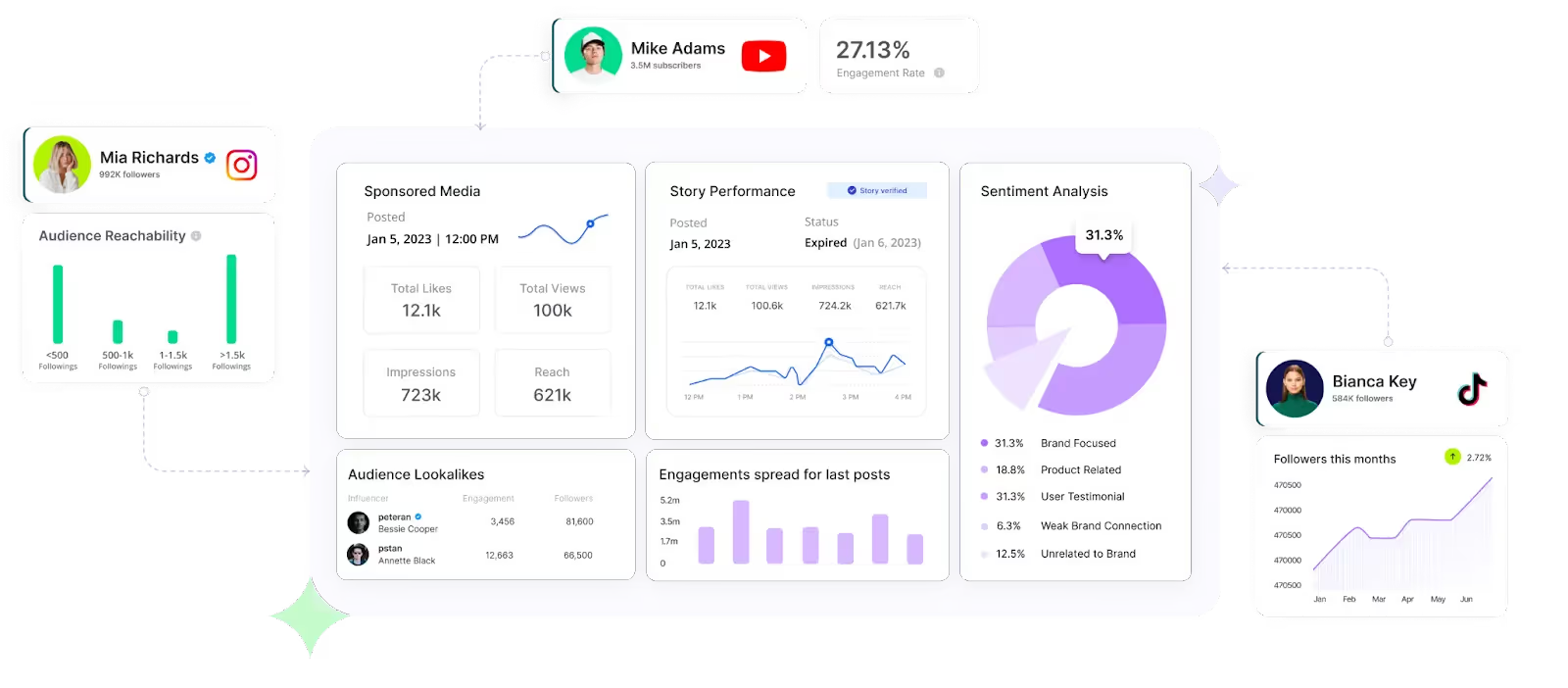
Consider scalability
Make sure the API can handle a large volume of data as your business grows in the future. If the API lacks scalability, it may crash during operation or compromise reporting performance.
Setting Up Social Media Listening and Monitoring through API
Create a Developer Account
Most platforms require you to open a developer account to access their APIs. You can read their official guidelines to sign up and get started easily.
Obtain API Keys
Once your developer account is approved, you need to generate API keys. The key is essential for authentication and accessing the API feature.
Set your parameters
You are all set to define keywords, hashtags, and user handles relevant to your brand or industry for effective monitoring.
Test and Iterate
Make some beta testing to ensure everything is running smoothly. Based on initial test results, you might be required to fine-tune your parameters and settings for the best results.
Integrate API with your system
Use the official instructions to integrate the API with your existing tools and system.
Final Thoughts
An ideal social listening and monitoring API helps you cut through the noise and analyze your audience sentiment to make informed changes to your marketing strategies over time. However, choosing the right API is important as per your requirement to get the best results for your money. Remember to use the best tool that offers 100% accurate real-time results.
If you want to streamline your B2B campaigns, check out Phyllo’s LinkedIn Creator Search to amplify your B2B campaigns easily.
